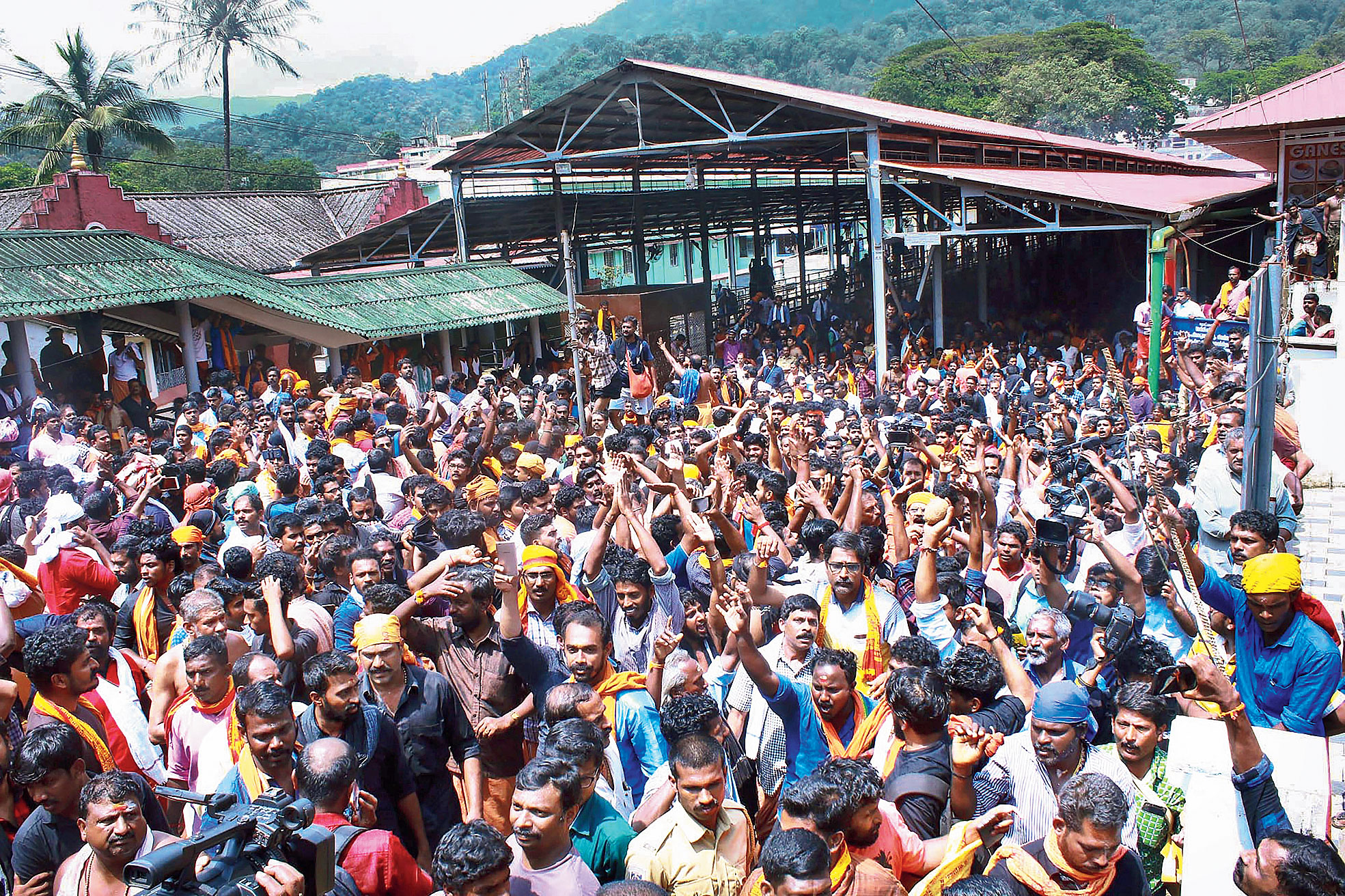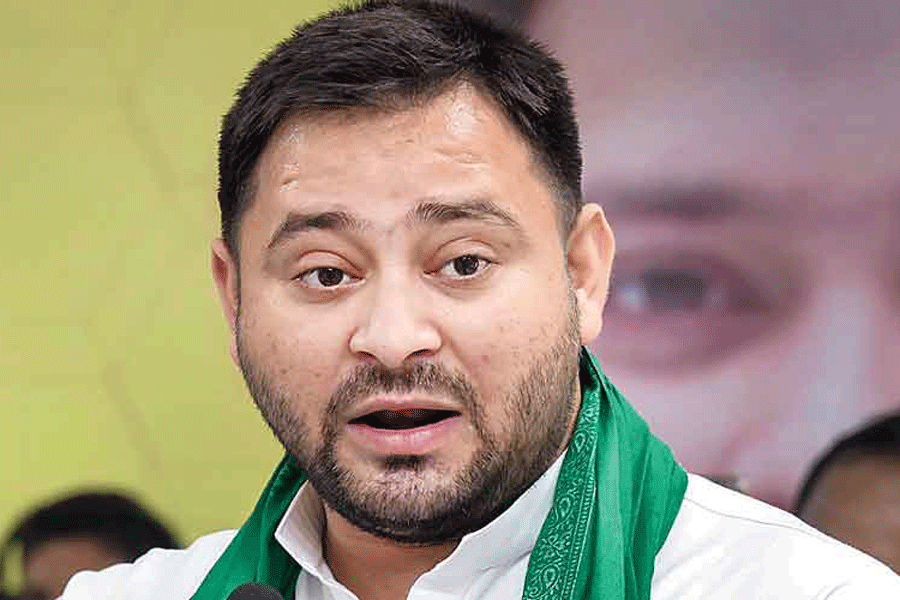The two dissenting judges in the Sabarimala case on Thursday questioned the majority decision, saying the petitioners had not shown that the curbs on women’s entry were an essential part of the Hindu religion.
Justices R.F. Nariman and D.Y. Chandrachud also argued that the five-judge constitution bench had no business clubbing the Sabarimala case with what the majority view considered “overlapping” matters relating to Muslims and Parsis.
The bench has by a 3:2 majority referred to a seven-judge bench the question whether women of childbearing age can enter the Sabarimala temple.
It has recommended that along with this, the larger bench also deal with the curbs on women’s entry into dargahs and mosques, the ban at fire temples on Parsi women who marry non-Parsis, and the practice of female genital mutilation among Dawoodi Bohras.
Justice Nariman, writing the dissenting judgment on behalf of himself and Justice Chandrachud, questioned the need for clubbing all these issues together.
He said that instead of taking any decision on these other matters, the five-judge bench should have left them to the other apex court benches before which they were pending.
“What a future constitution bench or larger bench, if constituted by the learned Chief Justice of India, may or may not do when considering the other issues pending before this court is, strictly speaking, not before this court at all,” Justice Nariman wrote.
“The only thing that is before this court is the review petitions and the writ petitions that have now been filed in relation to the judgment… (of) 28 September, 2018. As and when the other matters are heard, the bench hearing those matters may well refer” them, if necessary, to a larger bench.
As for the September 2018 judgment, Justice Nariman wrote that it had rightly held that the devotees of Lord Ayyappa (the Sabarimala deity) do not constitute a separate religious denomination and cannot, therefore, claim their own separate rights.
So, “what has to be seen in the judgments of this court is whether such practice is an essential practice relatable to the Hindu religion, and not the practice of one particular temple”.
“Nothing has been shown to us, as was correctly pointed out by the learned Chief Justice, from any textual or other authorities, to show that exclusion of women from ages 10 to 50 from Hindu temples is an essential part of the Hindu religion.”
The judge noted that the earlier constitution bench had interpreted Article 25(1) to mean that all persons are equally entitled to practise the Hindu religion, which would include women between the ages of 10 and 50 years.
So, the review petitions should have been rejected, “both because there is no error apparent (in the original judgment) and because the same ground that was argued in extenso (extensively) before the original judgment was delivered is being reargued in (the) review”.











